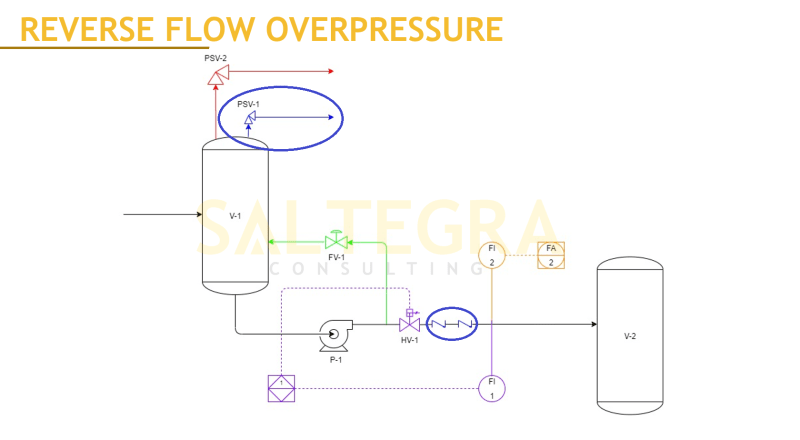Sherifhosny
Industrial
When and why we use double check valve arrangement? And what are the main considerations? Specifically in refineries.
Follow along with the video below to see how to install our site as a web app on your home screen.
Note: This feature may not be available in some browsers.
